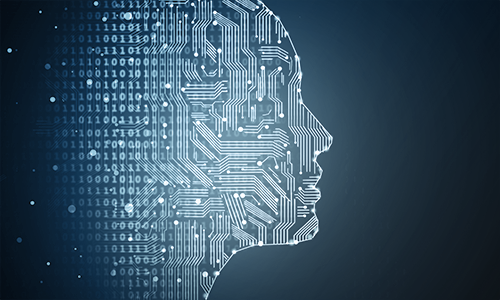Classifying Actions from EEG Signals
Our project is motivated by the pressing need for real-time monitoring and control interfaces to aid individuals with physical disabilities in regaining independence. Focusing on the classification of electroencephalogram (EEG) signals associated with specific actions, our goal was to create accurate classification models. Employing Machine Learning, we aimed to classify EEG signals linked to imagined and actual hand movements. Analyzing extensive EEG datasets from subjects, we achieved successful classification of imagined versus actual movements with high accuracy. However, discerning between right and left hand movements proved challenging, despite promising results in model iterations involving multiple subjects and sensors.
These findings underscore the potential of classification models in differentiating imagined versus actual movements, while highlighting complexities in distinguishing specific hand actions. Future endeavors to enhance these models involve expanding subject pools, integrating additional sensors, and exploring temporal analysis to deepen our understanding of motor imagery. These steps aim to advance classification models for practical applications, potentially contributing to improved assistive technologies for individuals with disabilities.











